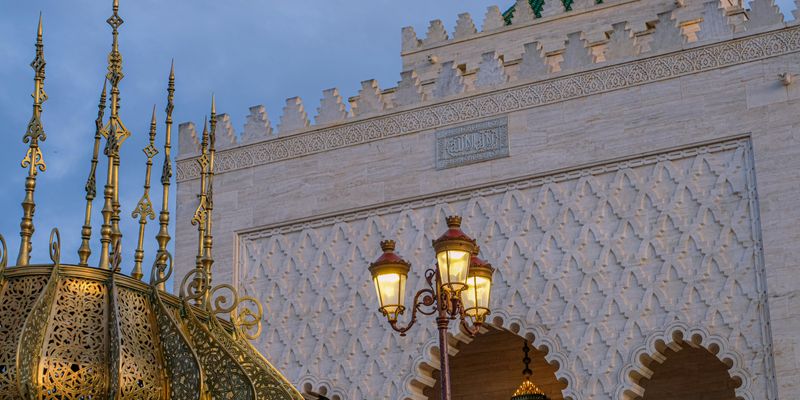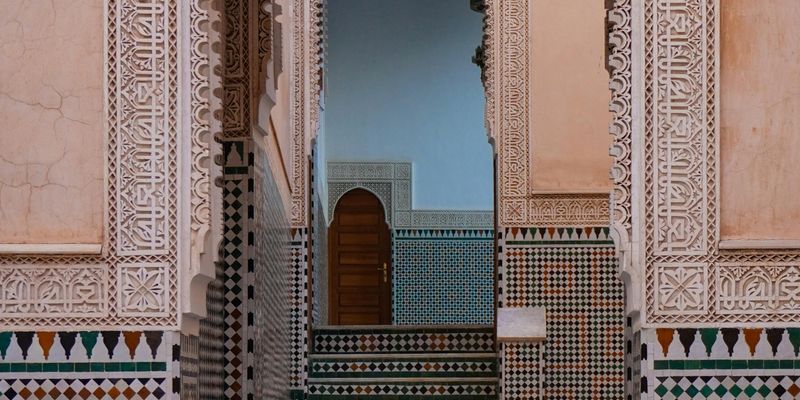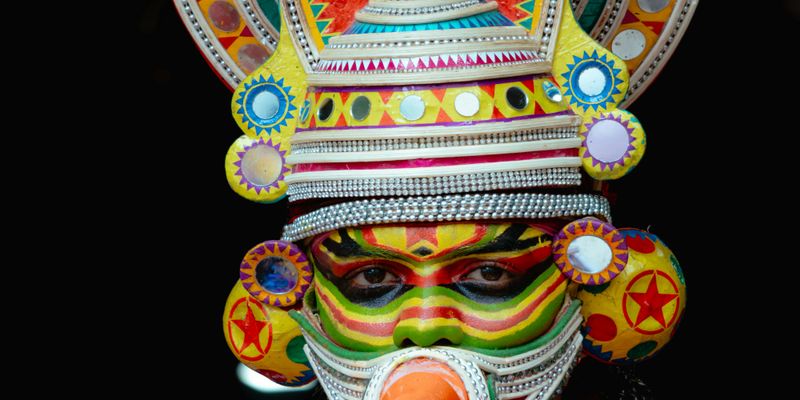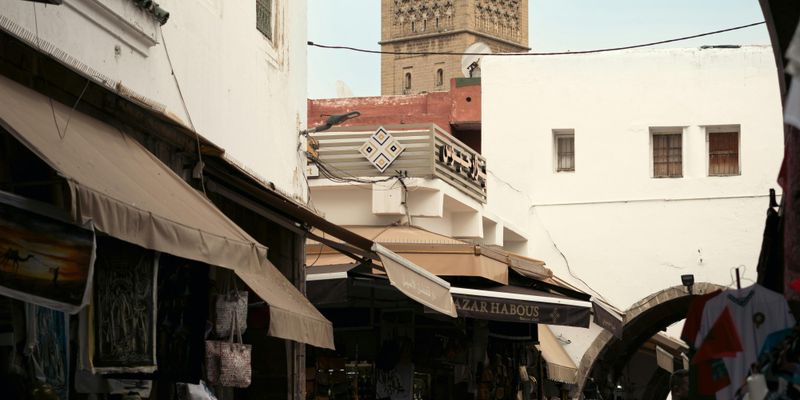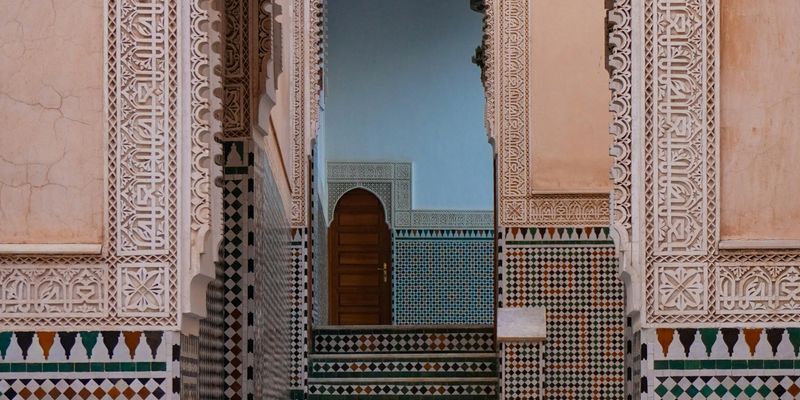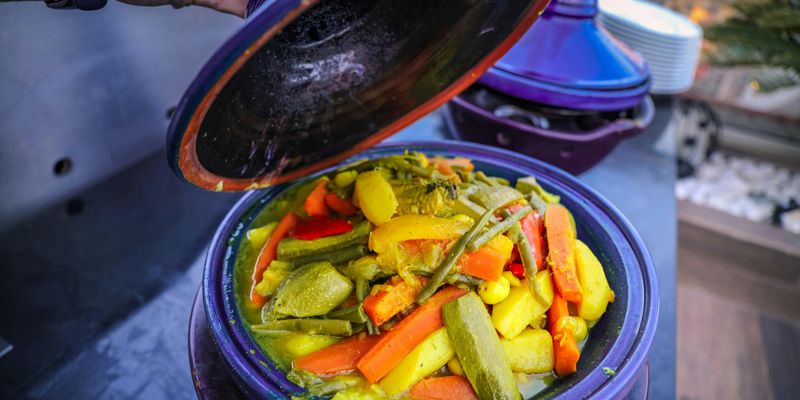
Introduction to Moroccan Gastronomy
Welcome to the vibrant world of Moroccan gastronomy, where every meal is a symphony of flavors, aromas, and stories waiting to be told. Morocco is more than just a destination; it's a living cookbook filled with centuries of rich culinary traditions that reflect the country's diverse history and culture.
The Heart of Moroccan Cuisine: Ingredients
At the core of Moroccan cooking lies an array of fresh and tantalizing ingredients. The ample sunshine and fertile soil of the Mediterranean and the desert plains nourish an abundance of local produce, spices, and herbs. You can't talk about Moroccan food without mentioning spices! Ingredients like cumin, cinnamon, paprika, and the fiery harissa bring dishes to life, while the signature blend of ras el hanout—translated as "head of the shop"—adds complexity and depth to many recipes.
Culinary Influences
Moroccan cuisine is a melting pot of cultures and influences. Over centuries, Berber, Arab, Andalusian, and Sub-Saharan traditions have mingled beautifully, resulting in a rich tapestry of flavors. The use of preserved lemons and olives in tagines, the famous slow-cooked stews, is a clear nod to the historical trade routes that brought new ingredients into the region.
Traditional Dishes Worth Discovering
No exploration of Moroccan cuisine is complete without savoring its hallmark dishes. Here are a few culinary delights that showcase the heart of our gastronomy:
1. Tagine
The iconic Moroccan tagine is more than just a dish; it’s a way of life. Named after the earthenware pot in which it's cooked, tagines are slow-cooked to perfection. Whether you're trying a chicken tagine with preserved lemons and olives or a sweet lamb tagine with apricots and almonds, every bite promises a delightful experience.
2. Couscous
Couscous is often considered the national dish of Morocco, prepared during family gatherings and special celebrations. Fluffy and light, couscous serves as the perfect base for stews and vegetables. Eating couscous on Fridays is a cherished tradition, symbolizing the gathering of families, sharing love and laughter.
3. Pastilla
This exquisite dish combines sweet and savory; it's a pastry filled with spiced pigeon or chicken, almonds, and a sweet dusting of powdered sugar and cinnamon. Pastilla is often served at weddings and festive occasions, embodying hospitality and joy.
Experiencing Moroccan Meals
In Moroccan culture, meals are a communal affair. You will often find families gathered around a large plate, sharing food with their hands. Guests are treated with utmost respect, and it’s not uncommon for a meal to take several hours, imbued with laughter, conversation, and the ritual of breaking bread together.
Dining Etiquette
When invited for a meal in Morocco, do remember to wash your hands before eating, as it’s traditional to eat with your right hand. Bread plays an integral role—used as a utensil to scoop up delicious morsels from the plate. And let’s not forget about the mint tea ritual! This sweet, aromatic tea, often referred to as “Moroccan whiskey,” is a quintessential symbol of Moroccan hospitality.
Conclusion: A Cultural Mosaic
Moroccan gastronomy is not just about the food; it’s an expression of our identity, history, and the diverse cultures that have shaped us into who we are today. Whether it's the streets of Marrakech filled with the aromas of grilled meats and spices or a quiet meal shared in a family home, every moment spent enjoying Moroccan cuisine is a step into our vibrant culture.
As you journey through Morocco, let your taste buds guide you through this rich culinary landscape and embrace the incredible flavors and traditions that await. Come hungry, and leave with cherished memories!
